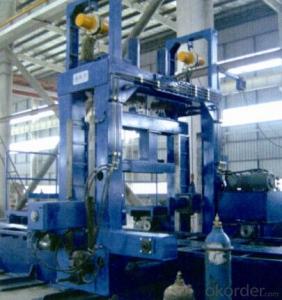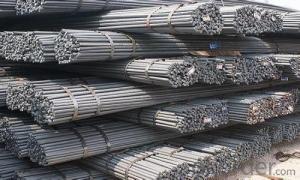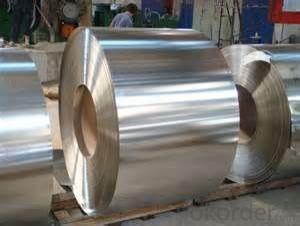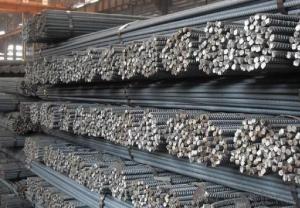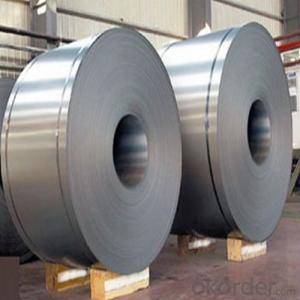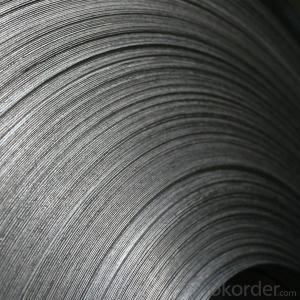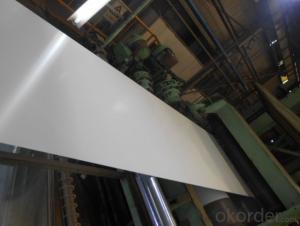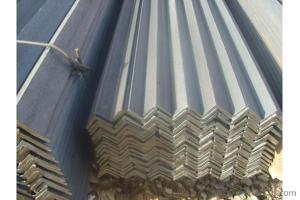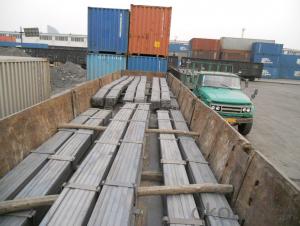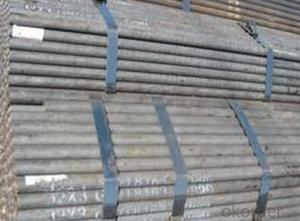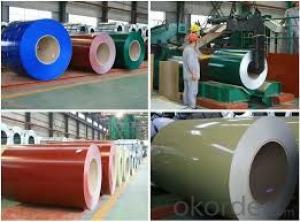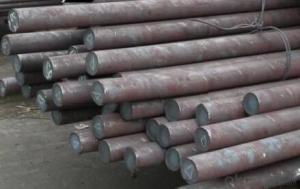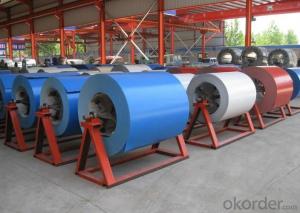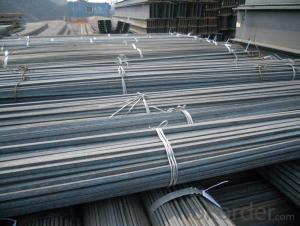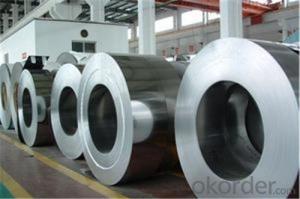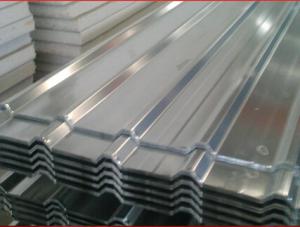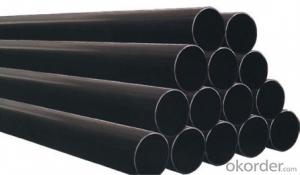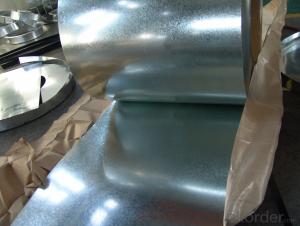All Categories
- - Steel Wire Rod
- - Steel Coils
- - Steel Profiles
- - Steel Pipes
- - Stainless Steel
- - Tinplate
- - Special Steel
- - Steel Sheets
- - Steel Rebars
- - Steel Strips
- - Hot Rolled Steel
- - Cold Rolled Steel
- - Pre-painted Steel
- - Seamless Steel Pipe
- - Welded Steel Pipe
- - Hollow Steel Tubes
- - Galvanized Pipe
- - Stainless Steel Coil
- - Stainless Steel Sheet
- - Stainless Steel Plate
- - Stainless Steel Strips
- - Electrolytic Tinplate Coil
- - Electrolytic Tinplate Sheet
- - Stainless Steel Rebars
- - Solar Panels
- - Solar Water Heater
- - Solar Related Products
- - Solar Inverter
- - Solar Cells
- - Solar Light
- - Solar Energy Systems
- - Solar Controllers
- - Solar Mounting System
- - Solar Pump
- - Solar Chargers
- - Fiberglass Chopped Strand
- - Fiberglass Mesh Cloth
- - Composite Pipes
- - FRP Pultrusion Profiles
- - Fiberglass Mat Tissue
- - Fiberglass Fabrics
- - Fiberglass Mesh
- - Composite Tank
- - Fiberglass Mesh tape
- - Polymer
- - FRP Roofing Panel
- - Fiberglass Roving
- - Monolithic Refractories
- - Ceramic Fiber Products
- - Refractory Bricks
- - Raw Materials For Refractory
- - Suspended Platform
- - Cranes
- - Concrete Machinery
- - Earthmoving Machinery
- - Building Hoist
- - Road Building Machinery
- - Plastic Pipe Fittings
- - Plastic Tubes
- - Plastic Sheets
- - Agricultural Plastic Products
- - Plastic Nets
 All Categories
All Categories
Q & A
What are the considerations for using cold-rolled steel in the production of food processing equipment?
When using cold-rolled steel in the production of food processing equipment, several considerations should be taken into account. Firstly, it is important to ensure that the cold-rolled steel used is food-grade and meets the necessary safety standards for contact with food. This involves verifying that the steel is free from any harmful contaminants or substances that could potentially contaminate the food being processed.
Additionally, the corrosion resistance of the cold-rolled steel should be evaluated to ensure that it can withstand the frequent exposure to water, cleaning agents, and other liquids commonly used in food processing environments. This helps prevent rusting or degradation of the equipment over time, which could pose a risk to food safety.
Furthermore, the mechanical properties of the cold-rolled steel should be considered, such as its strength and durability. Food processing equipment often undergoes rigorous use, so the steel used should be able to withstand the demands of the processing environment without deformation or failure.
Overall, the considerations for using cold-rolled steel in the production of food processing equipment revolve around safety, hygiene, corrosion resistance, and mechanical properties to ensure that the equipment performs effectively and maintains the integrity of the food being processed.
Can cold-rolled steel be easily painted or coated with protective finishes?
Yes, cold-rolled steel can be easily painted or coated with protective finishes. Its smooth surface and uniform texture make it an ideal substrate for adhesion, ensuring that the paint or protective coating adheres well and provides long-lasting protection against corrosion and wear.
How is the hardness of cold-rolled steel determined and controlled?
The hardness of cold-rolled steel is determined and controlled through a process known as annealing. After the steel is cold-rolled, it undergoes annealing, which involves heating the steel to a specific temperature and then cooling it slowly. This process helps to relieve internal stresses and create a desired hardness level in the steel. The temperature and cooling rate during annealing can be adjusted to control the hardness of the steel, allowing manufacturers to achieve the desired hardness properties for different applications.
Wholesale Cold Rolled Steel from supplier in Argentina
We are a Cold Rolled Steel supplier serving the Argentina, mainly engaged in the sale, quotation, and technical support services of various Cold Rolled Steel products in the Argentina region. We are a subsidiary platform of the Fortune Global 500 company CNBM, able to provide you with one-stop Cold Rolled Steel procurement services in the Argentina. Not only do we have a wide range of Cold Rolled Steel products, but after years of market development in the Argentina, we can also provide valuable experience for your projects.
